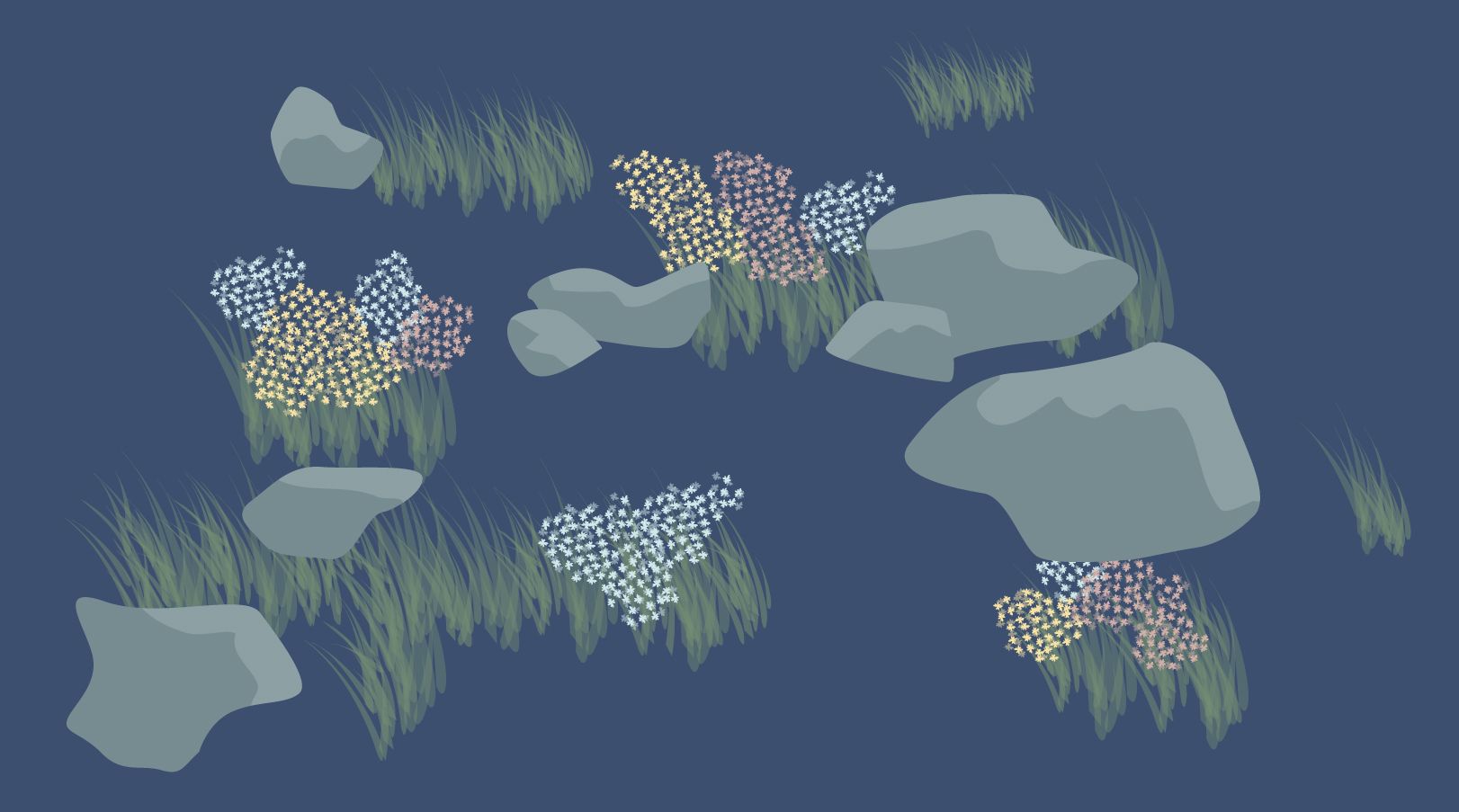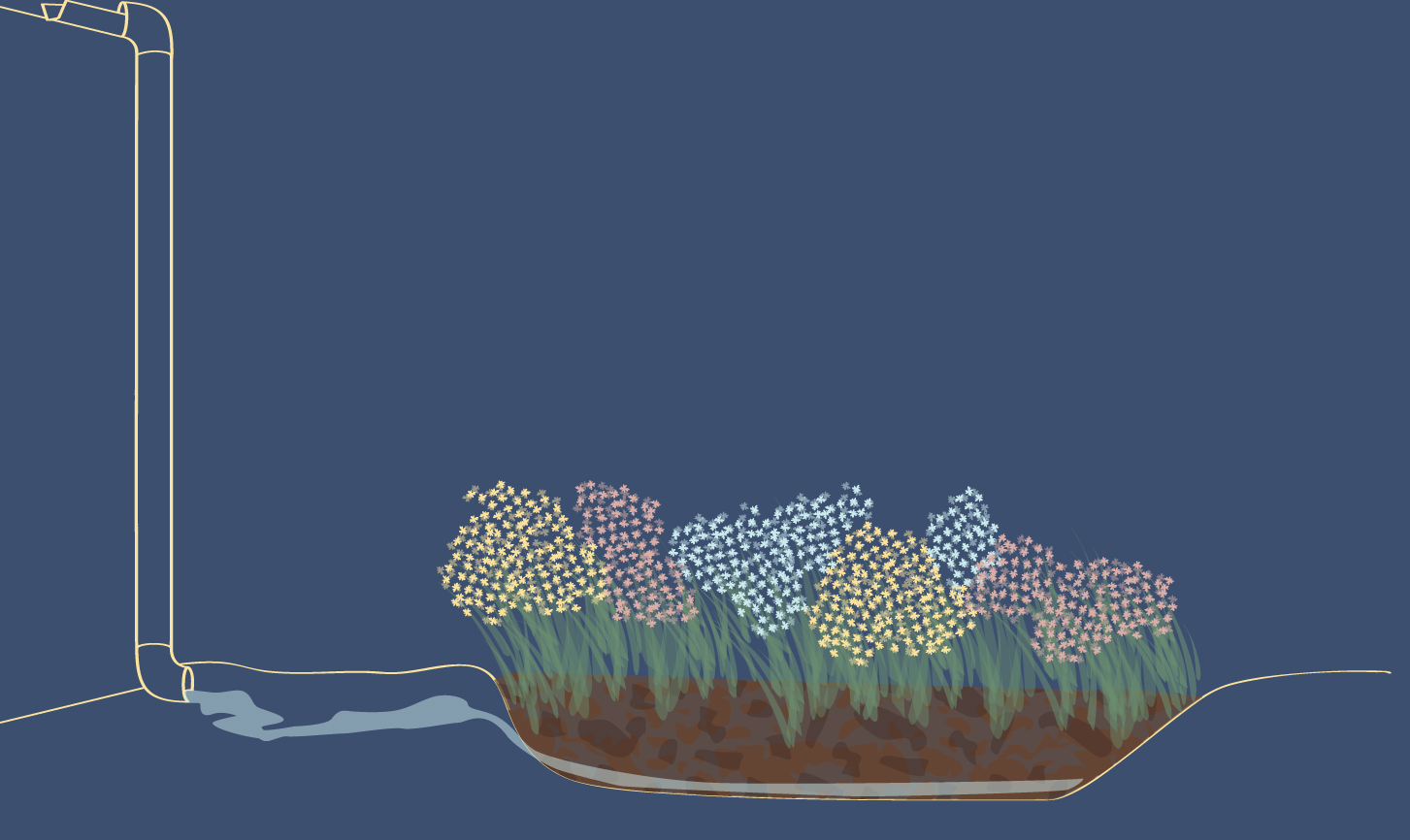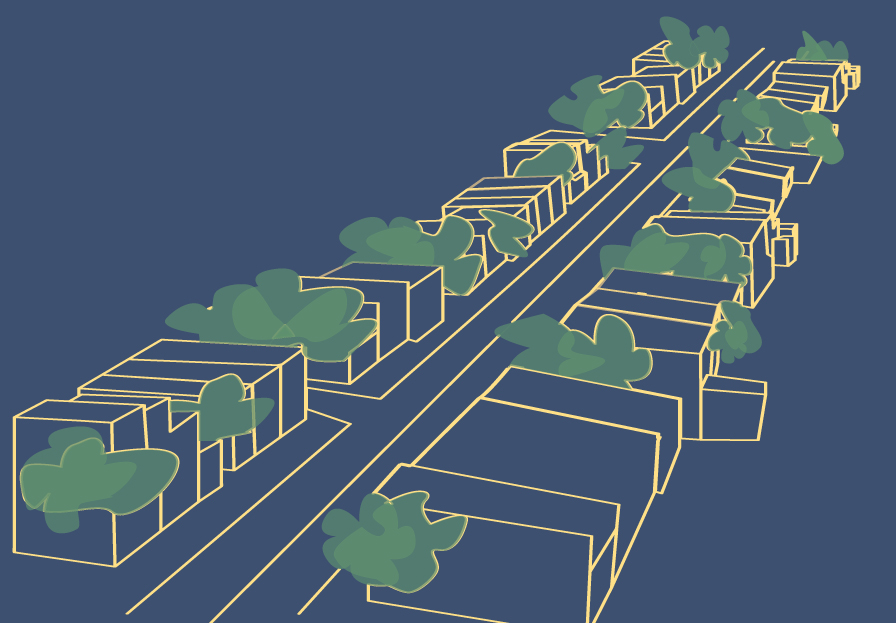Bring Life to Wastelands: Biophilic Design
Biophilic design is an approach to building connecting spaces to their natural surroundings. It is based on the idea that humans are inherently connected to nature and incorporating living spaces with nature is healthier and more sustainable. Economically, people spend considerable money to spend time in nature are willing to spend more money on spaces properly integrated with nature (Biophilic Design, 2024). Vegetation replacing small segments of concrete and lawn grass, nature wastelands, can have immense impact.
Natural Landscape
Grass lawns, standard land coverage for residences and businesses for much of the world, are effectively deserts. They are managed with large amounts of water, pesticides, and climate pollution with lawn equipment. Yet, they provide minimal water handling and animal habitat. Lawns can be replaced with natural landscapes, including native grasses, trees, good for pollinators and handling water. Replace mowing time with weeding. Do it right so it looks well kept.

Rain Gardens
Rain gardens leverage plants and soil to retain water and filter pollutants. They improve flood control, ground water retention. and water quality. They are typically populated with native plants providing habitat, such as for pollinating insects.

Green Infrastructure
Green infrastructure includes plant and soil systems that filter and absorb rainwater where it falls. This contrasts gray infrastructure, the system of gutters, pipes, and tunnels that carries rainwater to waterways. The presence of such infrastructure can provide heat management, cleaner air and water, flood protection, habitat, and aesthetic value.

